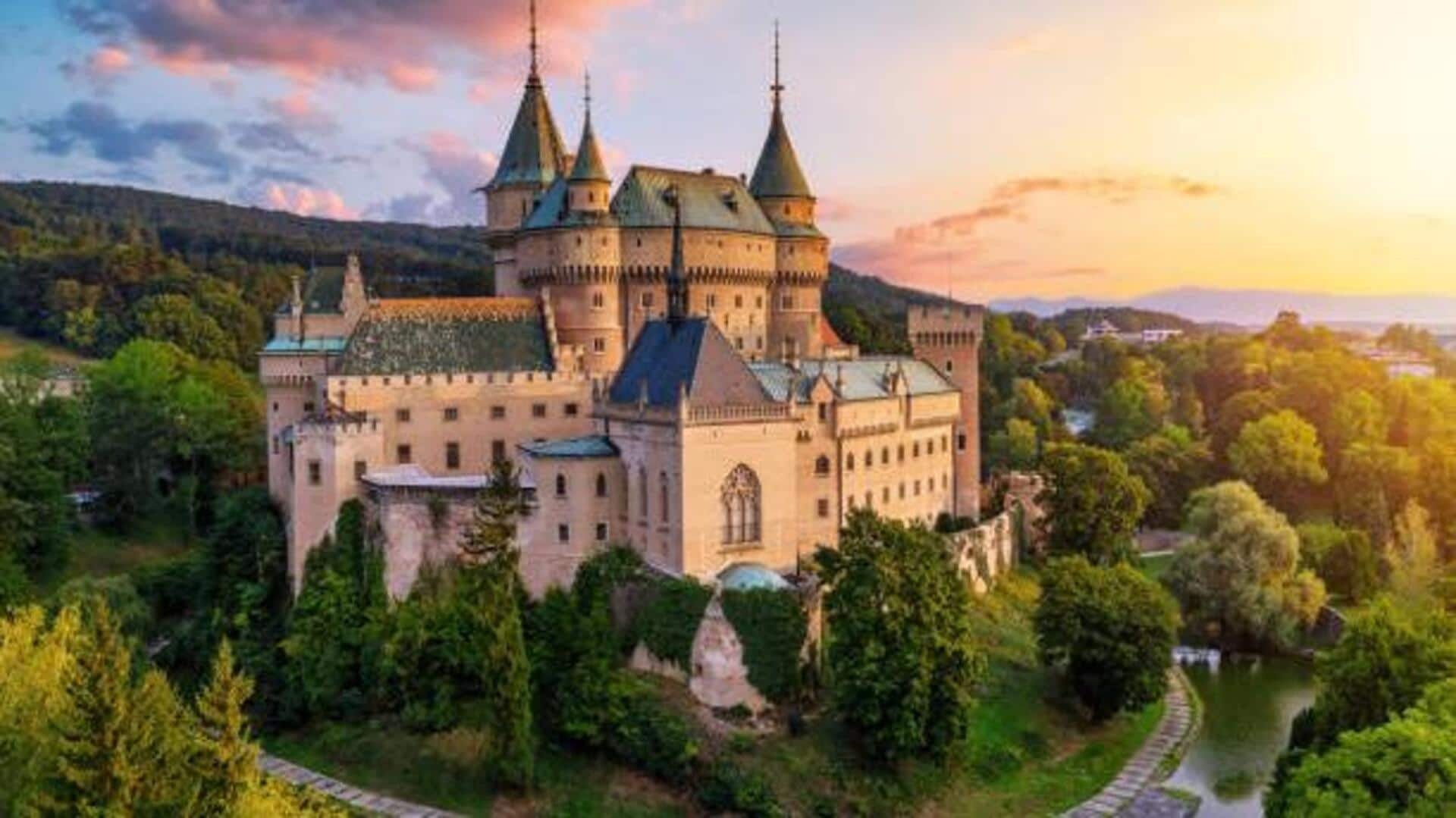
Slovakia's hidden gems: Lesser-known castles to explore
What's the story
A country rich in history and culture, Slovakia has a number of castles that give a glimpse into its past. While some of these castles are popular tourist attractions, there are a few lesser-known gems that history-loving travelers must explore. These hidden treasures offer unique insights into Slovakia's medieval architecture and historical significance. Here are some lesser-known Slovak castles that promise an enriching experience for those looking to delve deeper into the country's heritage.
Beckov
Beckov Castle: A medieval marvel
Perched atop a steep cliff overlooking the Vah River, Beckov Castle looks majestic. Dating back to 12th-century, this castle has seen a lot of history unfold over the years. Though partially in ruins today, it gives stunning views of the surrounding landscape and a glimpse of Slovakia's medieval past. The castle grounds host different cultural events throughout the year, keeping history enthusiasts engaged.
Čachtice
Cachtice Castle: The legend of Elizabeth Bathory
Perched on a hilltop, Cachtice Castle is notorious for its ties to Elizabeth Bathory, popularly known as the "Blood Countess." This 13th-century castle not only provides breathtaking views but also amazing stories from its rich history. Visitors can wander around its ruins as they familiarize themselves with Bathory's notorious legend through guided tours or informational plaques around the site.
Lietava
Lietava Castle: A hidden fortress
Lietava Castle, located in dense forests near Zilina, is one of Slovakia's largest but least visited castles. Constructed in the late 13th century as part of a defense system against invasions, it remains largely intact despite having been abandoned since the 18th century. This provides visitors with a unique chance to explore its vast complex without the crowds of more popular sites.
Hrušov
Hrusov Castle: A scenic ruin
Nestled within picturesque hills above the village Topolcianky lies Hrusov Castle—a scenic ruin dating back to the fourteenth century. It served an important defensive role in the region until destroyed by fire during seventeenth-century wars. This left behind hauntingly beautiful remnants now open to public exploration. Hiking trails leading up to the site reward visitors with breathtaking vistas of the surrounding countryside.